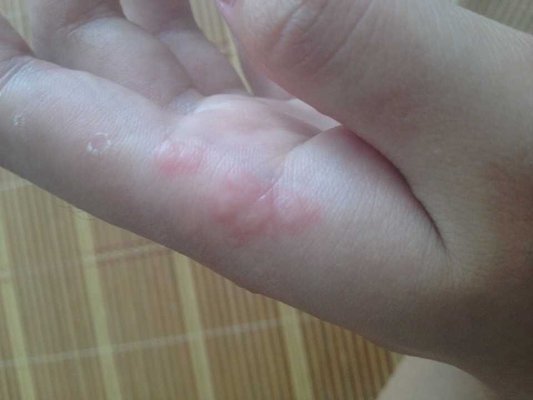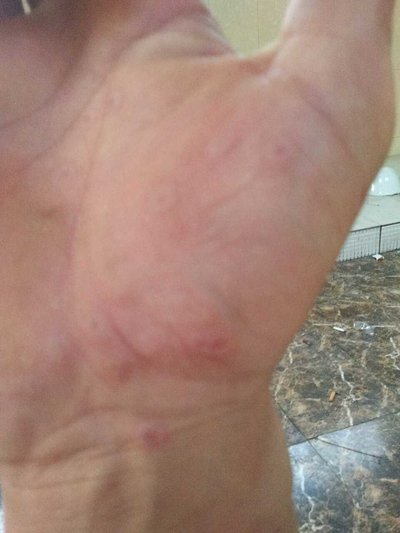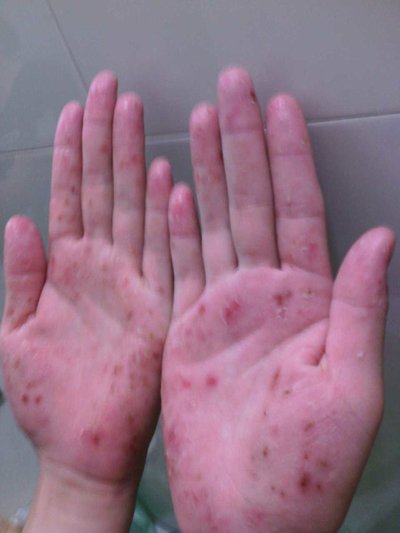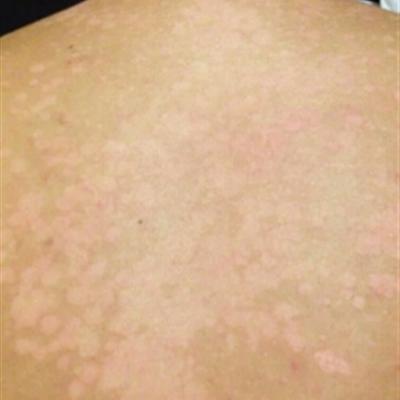What is infraorbital space infection?
summary
What is infraorbital space infection? Infraorbital space infection refers to the acute suppurative infection of infraorbital space. The main clinical manifestations are skin redness, tension increase, eyelid edema, eyelid fission narrow, nasolabial groove disappear. How to treat it?
What is infraorbital space infection?
Most of the infections come from the heel tip of the maxillary anterior teeth and the first molar, and less from the suppurative infection of the nasal side and the bottom of the upper lip. Infraorbital space is located between the anterior wall of maxilla and facial expression muscles. The upper border is the infraorbital border, the lower border is the maxillary alveolar process, the inner border is the nasal border, and the outer border is the zygomatic border. There are infraorbital nerves, blood vessels and infraorbital lymph nodes in the space. In addition, there are also medial canthus artery, anterior vein and their communicating branches with ophthalmic vein, infraorbital vein and deep facial vein.

In the stage of suborbital space cellulitis, we can start with topical application of traditional Chinese medicine and treatment of infected teeth; Once the abscess is formed, incision and drainage should be performed in time. According to the principle of low position drainage, incisions were often made at the turning point of oral vestibular mucosa in the maxillary anterior teeth and bicuspid area; The mucoperiosteal was incised transversely to the bone surface, and the abscess was separated from the canine fossa with vascular forceps to make the pus fully drained. The pus cavity was washed with normal saline, and the rubber drainage strip was retained. After abscess formation, mucoperiosteum should be cut horizontally from the mucosa turning point of vestibular sulcus of maxillary anterior teeth or premolars to the bone surface, and then separated to canine fossa with vascular forceps, that is, pus can be seen to flow out. After washing with normal saline, no rubber piece should be placed for drainage. If the abscess passes through the superficial muscle and reaches the subcutaneous area, an arc incision should be made at the lower edge of the orbit to bluntly separate into the abscess cavity. Diffuse cellulitis can be drained from inside and outside the mouth.

Remind clinical workers to pay attention to the following aspects: first, the common causes of space infection are odontogenic, glandular, traumatic, blood borne inflammation, most of which are odontogenic, but they are secondary, mostly mixed infection of aerobic and anaerobic bacteria. With the development of health care and health, the incidence rate of infection in the maxillofacial space has been reduced. However, because of the poor condition and equipment, the disinfection of instruments is not strict and the infection of odontogenic bacteria is not increased by aseptic technique. Clinicians should remember to ask the history in detail and pay attention to the initial symptoms of patients. 2、 Because of the mutual connection between the nine facial spaces, one space infected with a constant wave and adjacent spaces, causing more serious local and systemic reactions, sometimes even 0.1 higher than the other.

matters needing attention
Actively treat the apical suppurative inflammation or alveolar abscess of maxilla canines, first premolars or maxillary incisors; To prevent the abscess of maxillary osteomyelitis from penetrating periosteum, or the suppurative inflammation at the bottom of upper lip and nasal side from spreading to the infraorbital space.















